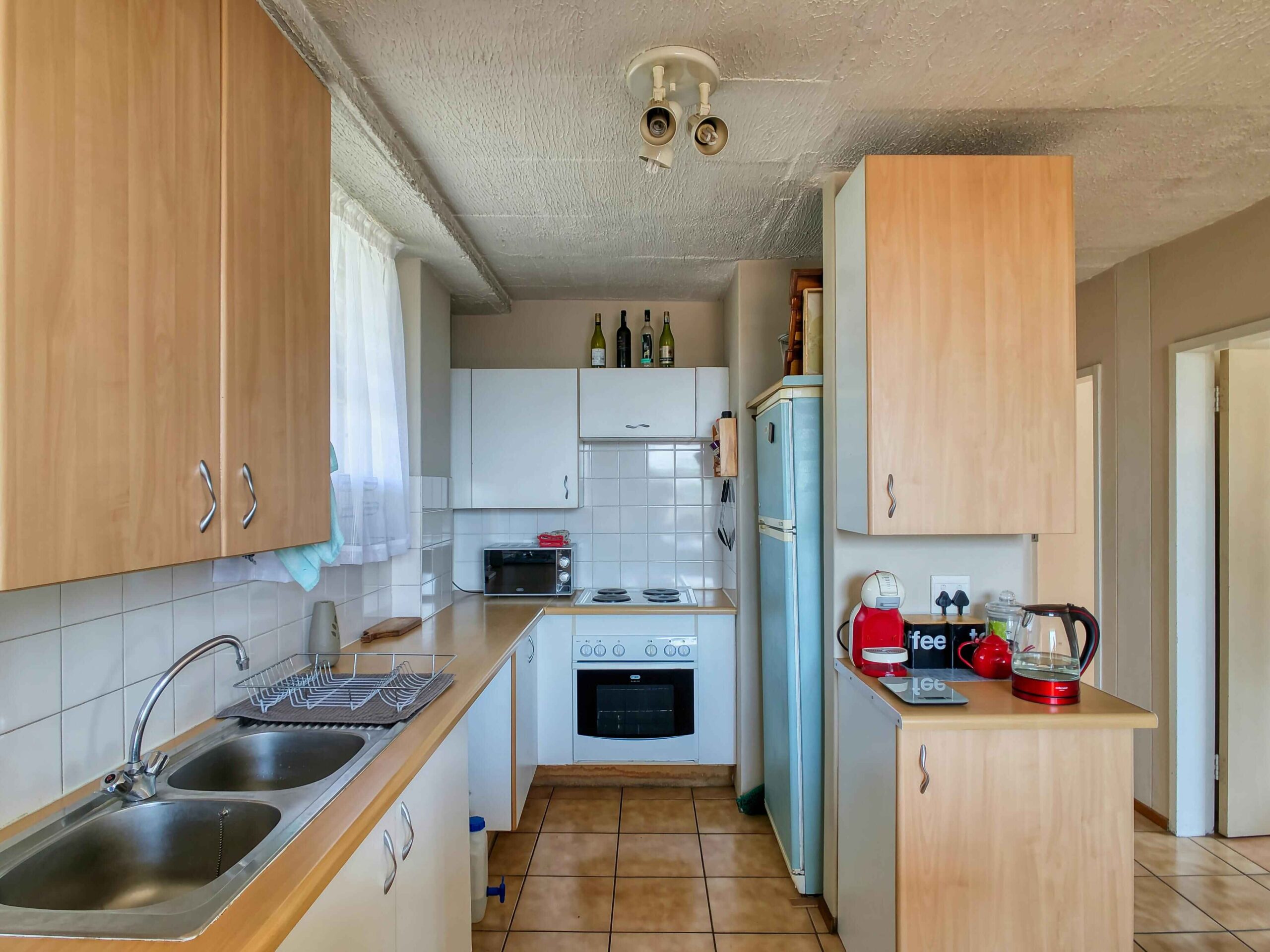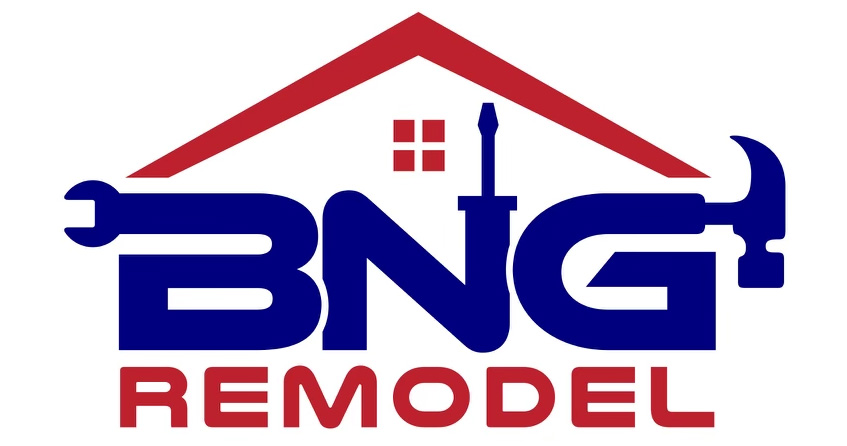Call Us Today For A Free Consultation: 615-525-8464


To renovate your kitchen yourself, start by meticulously planning the layout, function, and budget. Merge functionality with aesthetics by selecting durable materials and custom cabinetry. Save costs by refinishing cabinets and gradually upgrading appliances. Finalize your design, create a timeline, and obtain permits before starting work. Carefully remove existing fixtures and pay attention to details for a polished finish. Begin this journey by envisioning your dream culinary space and executing it with careful consideration. Each step is crucial for a successful project that will transform your kitchen into the heart of your home.
When remodeling your kitchen, meticulous planning is the cornerstone of a successful transformation. Before swinging the hammer or tearing down walls, take the time to ponder your goals for the space. Assess the current layout and functionality issues you wish to address. Think about the appliances, storage solutions, and overall design aesthetic you desire. Establish a budget that realistically aligns with your renovation objectives, factoring in potential unexpected costs.
Research different kitchen layouts and designs to determine what best suits your lifestyle and needs. Ponder the traffic flow, work triangle, and how you use the space to optimize efficiency. Create a timeline that outlines each phase of the remodeling process, from demolition to installation. Identify any permits or regulations that may apply to your project and ensure compliance.
Crafting the blueprint for your ideal kitchen involves merging functionality with aesthetics to create a space that seamlessly reflects your style and meets your practical needs. Start by envisioning the layout that suits your cooking habits. Consider the work triangle the stove, sink, and refrigerator form for an efficient workflow. Choose durable materials like quartz countertops for both beauty and longevity. Cabinets are pivotal in storage and style; opt for custom cabinetry to maximize space utilization. Consider lighting options such as pendant lights over the island and under-cabinet lighting for task areas to enhance the ambiance.
Color palettes can transform the mood of your kitchen; neutrals offer a timeless appeal, while bold hues inject personality. Flooring should be resilient and visually pleasing; hardwood or ceramic tiles are popular. Don’t overlook the importance of ventilation; a good hood can effectively eliminate cooking odors. In conclusion, incorporate personal touches like a cozy breakfast nook or a statement backsplash to make your dream kitchen uniquely yours.
To renovate your kitchen on a budget without compromising style and functionality, consider implementing strategic cost-saving measures that deliver maximum impact. Start by focusing on critical areas that can be updated without breaking the bank. One effective way to transform your kitchen affordably is by giving cabinets a fresh look. Instead of replacing them entirely, consider refinishing or repainting them for a modern and updated appearance.
Another budget-friendly tip is to gradually upgrade your kitchen appliances, prioritizing the old or inefficient ones. Look for sales or consider purchasing gently used appliances to save money. Moreover, changing hardware such as handles, faucets, and lighting fixtures can significantly improve the overall look of your kitchen without a hefty price tag.
Furthermore, consider utilizing cost-effective materials for countertops and backsplashes. Laminate, butcher block, or ceramic tiles can mimic the appearance of more expensive materials while staying within budget. You can achieve a stylish and functional kitchen transformation without overspending by carefully planning and prioritizing where to allocate your renovation funds.
Beginning a DIY kitchen remodel requires careful planning and precise execution to achieve a successful transformation within budget constraints. The first step is to finalize your design plan, including layout changes, color schemes, and materials. Once the plan is set, create a detailed timeline outlining each task to stay organized throughout the project.
Before starting any demolition or construction, ensure you have all the necessary permits and approvals to avoid legal issues. To prevent damage, begin with the work by carefully removing existing fixtures and appliances. Follow instructions closely when installing new elements like cabinets, countertops, and flooring.
Attention to detail is vital during the DIY remodel process. Double-check measurements, use proper tools, and seek assistance for complex tasks. Remember to prioritize safety by wearing protective gear and following best practices for handling tools and materials.
As you near completion, inspect every detail and make any necessary adjustments to guarantee a polished finish. By executing your DIY kitchen remodel with precision and dedication, you can achieve a stunning transformation that enhances your space’s aesthetic appeal and functionality.

Licensed, Bonded, Insured.